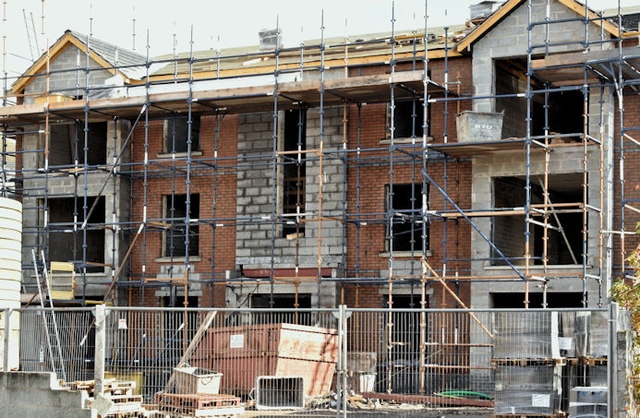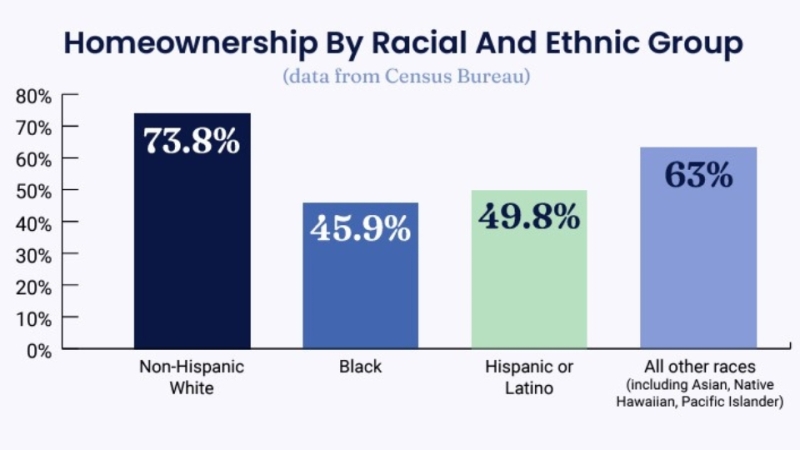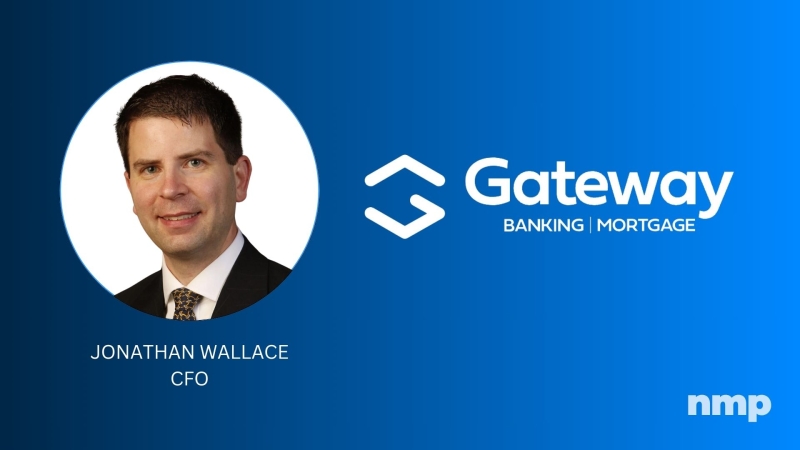
NAHB: Growth Of Single-Family Home Building Slowed In Q1

In contrast, multifamily construction growth in large population centers has rebounded during the same period.
The rate of single-family construction growth slowed in a variety of areas, but especially large suburban markets, in the first quarter of 2022 from a year earlier, according to a report today from the National Association of Home Builders.
The NAHB’s Home Building Geography Index (HBGI) showed that, year-over-year, the rate of single-family construction growth slowed in small and large metro urban, suburban, and rural regional submarkets in the first quarter, with notable deceleration in large suburban markets. In contrast, multifamily growth in large population centers has rebounded from negative growth rates and posted sharp gains during the same period.
The HBGI is a quarterly measurement of building conditions across the country and uses county-level information about single- and multifamily permits to gauge housing construction growth in various urban and rural geographies.
“As the year has progressed, we have seen signs of an increasing slowdown in the single-family market,” said NAHB Chairman Jerry Konter, a home builder and developer from Savannah, Ga. “Ongoing building material production bottlenecks have delayed or stalled home building projects, construction labor shortages are running near an all-time high of 400,000 workers, and more recently the rapid runup in mortgage rates, have all combined to exacerbate the housing affordability crisis.”
NAHB Chief Economist Robert Dietz agreed. “Single-family growth rates have slowed in nearly all regional submarkets over the past year due primarily to rising construction costs that have seen building material costs rise 19% year-over-year. The more pronounced drop in growth for the large suburban markets is due to the easing of the rapid shift of homebuyer preferences for the suburbs in the aftermath of the COVID-19 pandemic.”
On the multifamily front, Dietz noted that growth in apartment construction is far outpacing single-family construction in all regional geographies. “Low rental occupancy rates and rising rents give multifamily developers confidence to continue building despite rising costs for land, labor, and materials,” he said.
Key findings from the first quarter HBGI show that four-quarter moving average single-family growth rates in:
- Large metro suburban counties fell the sharpest, from 18.7% in the first quarter of 2021 to 5.2% in the first quarter of 2022.
- Large metro core counties very marginally slowed down from 9.5% in the first quarter of 2021 to 8.8% in the first quarter of 2022.
- Micro counties (small towns) was the only region to post an increase in growth, a 3.9-percentage-point increase to 16.7%.
The first quarter HBGI showed the following regional market shares in single-family home building:
- 16.6% in large metro core counties.
- 24.8% in large metro suburban counties.
- 29.2% in small metro core counties.
- 18.8% in outlying counties of large and small metro areas.
- 10.6% in rural areas.
The multifamily market tells a different story, as the HBGI’s submarkets in multifamily home building showed the following increase in growth between the first quarter of 2021 and first quarter of 2022 for large and small markets:
- Large metro core counties solidly recovered from a negative 3.6% growth rate to a positive 17.4% rate.
- Large metro suburban counties sharply rebounded from a negative 9.5% growth rate to a positive 31.4% rate.
- Low density counties posted an increase from a 5% growth rate to a 37.0% rate.
The first quarter HBGI finds that 36.9% of multifamily development occurred within large metro core areas, 25.8% in large metro suburbs, 23.5% in small metro core areas and 13.7% in other submarkets.




